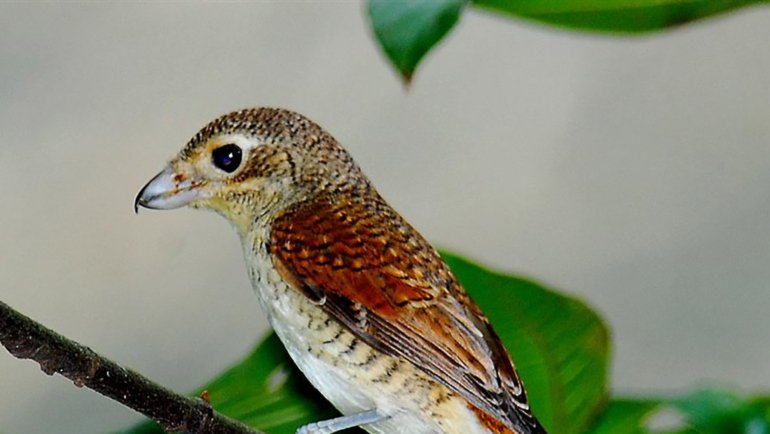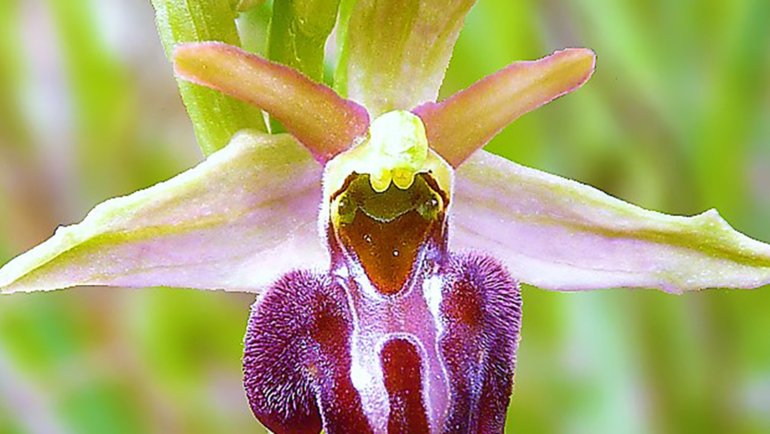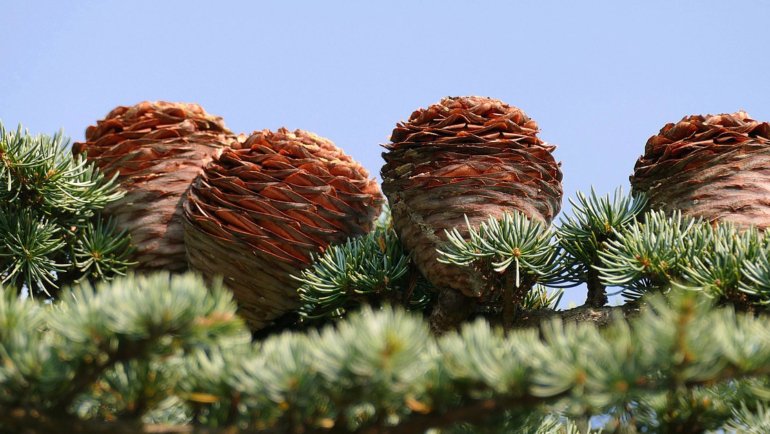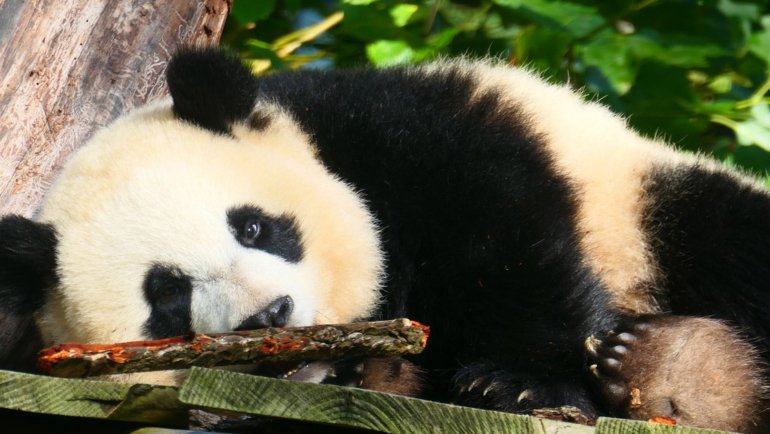Peru, the land of the Incas, breathtaking landscapes, and culinary delights, is also home to an extraordinary tree that has changed the course of medical history—the Cinchona Tree. Known for its stunning natural scenery, ranging from Amazonian rainforests to the majestic Andes Mountains, Peru’s beauty is not just skin deep.
The country’s national bird, the Andean cock-of-the-rock, is a spectacular species showcasing brilliant orange-red plumage. Intriguingly, this flamboyant bird shares its habitat with the Cinchona Tree. But what could a bird and a tree have in common that could save lives? Stay with us to uncover the fascinating interplay of nature, culture, and medicine.
Discover The Cinchona Tree, the National Tree of Peru
The Cinchona Tree, also known as the Quinine Tree, is a true marvel of the Andean forests. Scientifically classified under the genus Cinchona, this tree is an evergreen that can reach heights between 33 to 49 feet (10 to 15 meters).
The leaves are elliptical, glossy, and dark green, while its bark is brownish-gray and slightly rough to the touch. When in bloom, the tree produces clusters of small, fragrant, pink or white flowers that add a splash of color to the lush greenery of the Andes.
Its size, vibrant foliage, and aromatic flowers make it an unmistakable landmark in the forests, but what truly sets it apart is its bark. Loaded with quinine, a compound with extraordinary medicinal properties, the bark of the Cinchona Tree has saved countless lives over the centuries.
Where Does the Cinchona Tree Grow?
The Cinchona Tree is native to South America and predominantly grows in the high-altitude Andean forests of Peru, Ecuador, Colombia, and Bolivia.
These forests provide the perfect combination of climate and soil nutrients for the Cinchona to thrive. The environment is tropical yet cool, with plenty of rainfall, which makes the Andean region a cradle of biodiversity.
Although introduced to other parts of the world for its medicinal value, the Cinchona Tree remains most effective and potent in its natural habitat.
Efforts are ongoing to protect these regions from the threats of deforestation and climate change, ensuring that this remarkable tree continues to benefit humanity for generations to come.
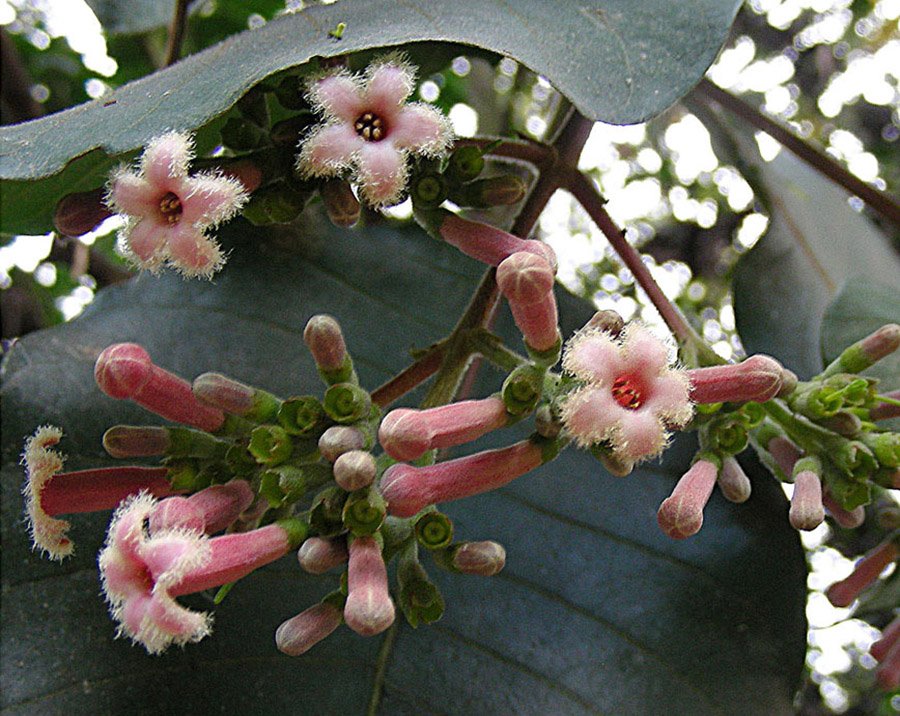 Source: Wikimedia Commons
Source: Wikimedia CommonsThe Cinchona Tree in the Ecosystem
The Cinchona Tree is more than just a healer for humans; it plays a pivotal role in its native ecosystem as well. Its evergreen leaves provide year-round shade and shelter for various animal species, including insects, birds, and small mammals.
The clusters of fragrant flowers it produces are a magnet for pollinators like bees and hummingbirds, which in turn helps in the pollination of other plants in the area.
Moreover, the fallen leaves and decomposed bark enrich the soil, aiding the growth of neighboring plants and maintaining the health of the forest floor.
The Cinchona Tree’s presence has a cascading positive effect on biodiversity. Its canopy provides nesting sites for birds like the aforementioned Andean cock-of-the-rock, and its leaves serve as fodder for herbivores. In this way, the Cinchona Tree is an integral part of the Andean ecosystem’s life cycle, ensuring its health and sustainability.
Why and When Did The Cinchona Tree Become The National Tree of Peru?
Declared the national tree of Peru in 1825, shortly after the country gained its independence, the Cinchona Tree holds a place of great significance in Peruvian history and culture.
The designation was not just a nod to the tree’s beauty, but an acknowledgment of its profound impact on public health and medicine. The quinine extracted from its bark has been instrumental in treating malaria—a disease that has plagued humanity for centuries.
The Cinchona Tree also holds a special place in Peruvian folklore and legends. Stories recount how an Inca princess was cured of a deadly disease by a tea made from its bark, while another tale speaks of Spanish explorers saved from malaria by this miraculous tree. These stories have been passed down through generations, adding to the Cinchona’s mystique and importance.
However, the tree’s designation as a national symbol hasn’t been without its controversies. The increasing demand for quinine has led to overharvesting and habitat destruction. This conflict between conservation efforts and economic needs has been a point of debate among policymakers, environmentalists, and local communities.
Despite these challenges, steps are being taken to ensure that the harvesting of Cinchona bark is done sustainably, balancing both its medicinal utility and ecological importance.

Where is the Cinchona Tree Featured in Peru?
While the Cinchona Tree may not be as prominently displayed on national emblems like the flag or banknotes, its importance is deeply ingrained in the culture and medicine of Peru. It is often featured in educational materials and is a common subject of ecological and historical discussions.
Some local herbal shops and apothecaries, where traditional medicines are sold, often showcase illustrations or actual samples of the tree as a testament to its importance in Peruvian natural medicine.
Names of the Cinchona Tree
The Cinchona Tree is known by several names, highlighting its rich cultural and scientific history. Scientifically, it belongs to the Rubiaceae family and the genus Cinchona, which includes about 23 species. Apart from being called the “Cinchona Tree,” it is also known as the “Quinine Tree” due to the quinine found in its bark. In the Quechua language, one of the indigenous languages of Peru, it is often referred to as “kina-kina.”
The tree is also known by different names in various countries, sometimes referred to as “quina-quina” in Bolivia and “árbol de la fiebre” (fever tree) in parts of Colombia. Each name often reveals something about the tree’s usage or the history it has with the people who named it.
Interesting Facts About The Cinchona Tree
- A Lifesaver in Wars: Quinine, derived from the Cinchona Tree, was widely used during World War II to prevent and treat malaria among soldiers. It played a crucial role in allowing military operations to continue in malaria-prone regions.
- Cocktail Connection: The bark of the Cinchona Tree is used to make tonic water, a key component in cocktails like the Gin and Tonic.
- Legends and Lore: In addition to the Inca legend, another folklore suggests that the tree is named after the Countess of Chinchón, who was allegedly cured of a fever by using the tree’s bark. However, this story is widely considered to be apocryphal.
- Threatened But Protected: While the tree faces threats from deforestation and overharvesting, several conservation areas in Peru are dedicated to its protection.
- Unique Adaptations: The tree has adapted to its high-altitude Andean home, with thick bark and deep roots that help it absorb nutrients efficiently despite the often poor mountain soil.
- Symbiotic Relationships: The tree has a symbiotic relationship with certain species of ants. These ants protect the tree from herbivorous insects and, in return, feed on the tree’s nectar.
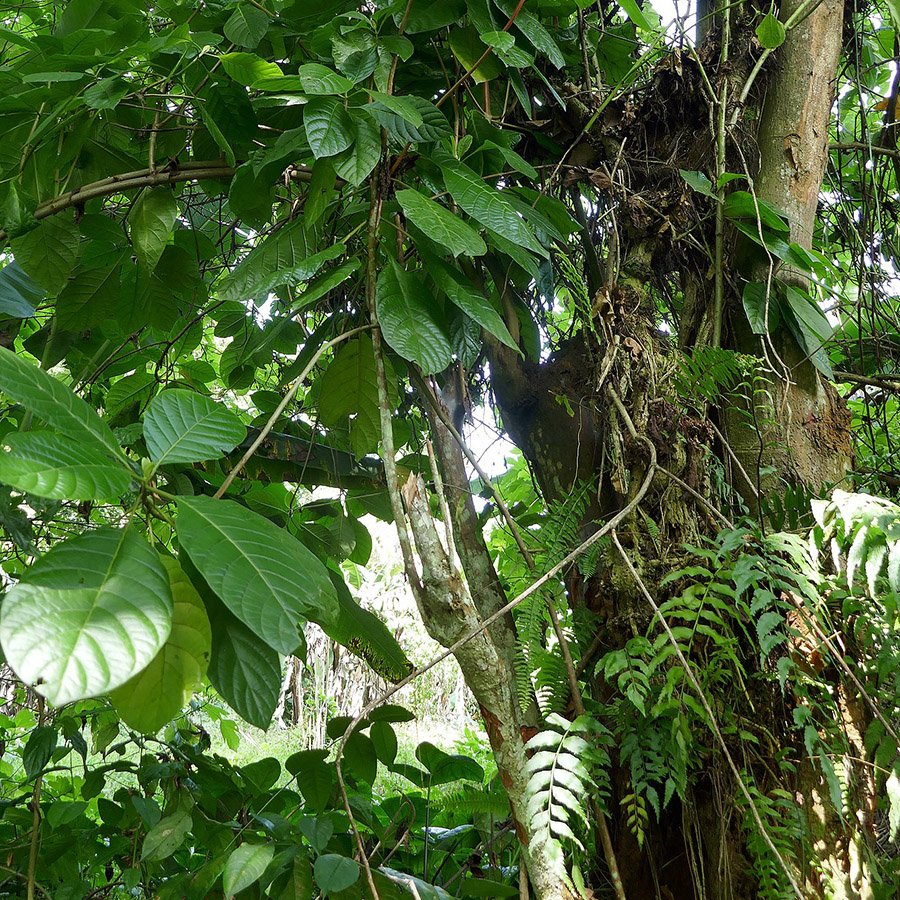 Source: Wikimedia Commons
Source: Wikimedia CommonsOther Beautiful Trees Native To Peru
- Polylepis Tree: Found in the high elevations of the Andes, this tree is notable for its peeling, reddish-brown bark and its ability to thrive in harsh, windy conditions.
- Pisonay (Erythrina edulis): Known for its vibrant red flowers, this tree is often found in the lower mountainous regions and is used for both ornamental and medicinal purposes.
- Peruvian Pepper Tree (Schinus molle): Recognized by its slender, weeping branches and small, red berries, this tree is often used for ornamental purposes and is native to the Peruvian Andes.
- Cacao Tree (Theobroma cacao): While native to the Amazon Basin, Peru is home to some unique varieties. The seeds are used to make chocolate, and the tree has various other medicinal uses.
- Tara Tree (Caesalpinia spinosa): Native to Peru, this tree is valued for its hard, durable wood and its tannin-rich pods, which are used in leather tanning and dye production. The tree is also utilized in traditional medicine.
What Is The National Flower of Peru?
The national flower of Peru is the Cantuta (Cantua buxifolia), also known as the “Magic Flower” or “Sacred Flower of the Incas.” This stunning flower has tubular blossoms that are usually pink, red, or purple and are native to the high valleys of the Andean region.
Like the Cinchona Tree, the Cantuta holds significant cultural and historical importance in Peru, often associated with Inca legends and stories.
Frequently Asked Questions
Why is the Cinchona Tree so important to Peru?
The Cinchona Tree holds a revered place in Peruvian history and culture primarily due to its antimalarial properties. It has saved countless lives and continues to be a symbol of healing and resilience.
Is the Cinchona Tree endangered?
While not officially classified as endangered, the tree faces threats from deforestation and habitat loss. Conservation efforts are in place to protect this valuable resource.
Can you visit Cinchona forests in Peru?
Yes, the Cinchona Tree can be found in several protected areas, including national parks and reserves in the Andean regions of Peru. Always remember to respect the natural environment when visiting.
How is quinine harvested from the Cinchona Tree?
Quinine is harvested from the tree’s bark. Sustainable harvesting practices are implemented to ensure the tree’s survival and protect local ecosystems.
Apart from malaria, are there any other medicinal uses for the Cinchona Tree?
Yes, apart from treating malaria, quinine and other alkaloids from the tree are used in the treatment of other diseases, including certain types of arrhythmias and lupus.
